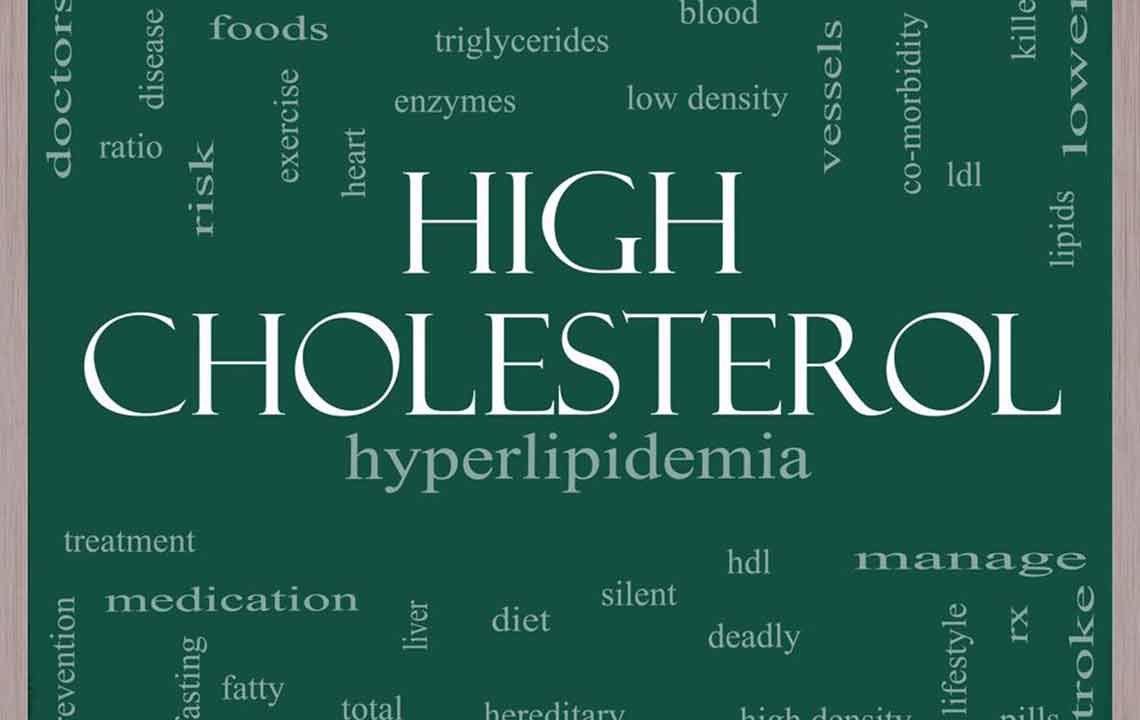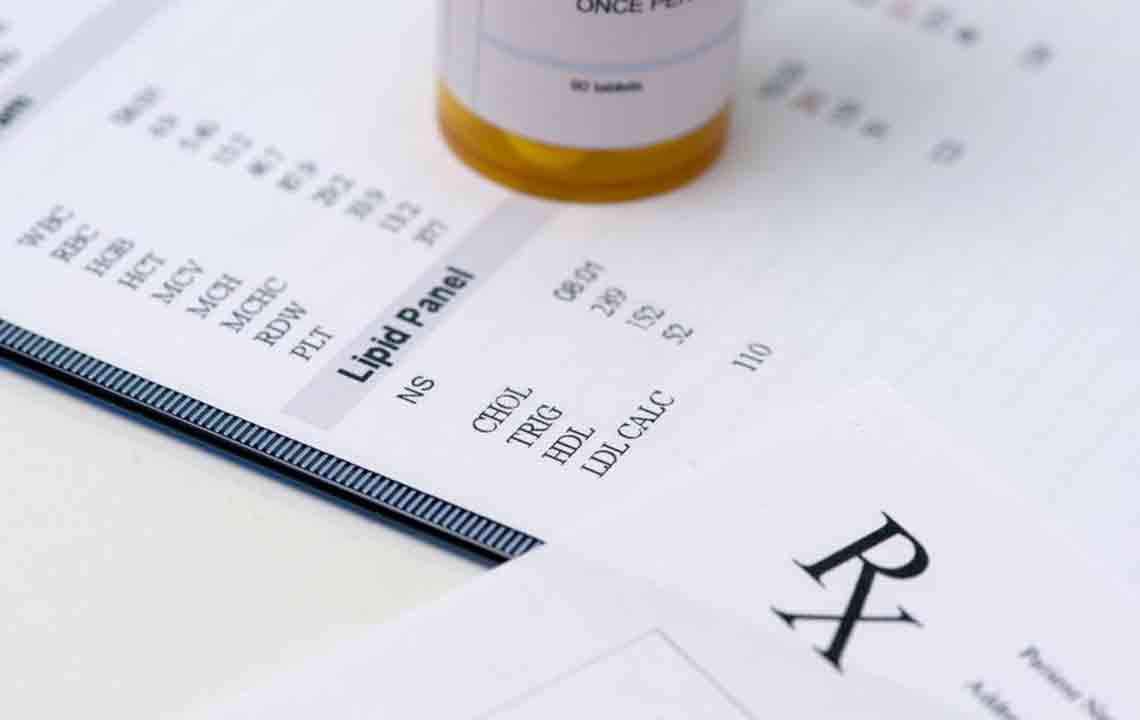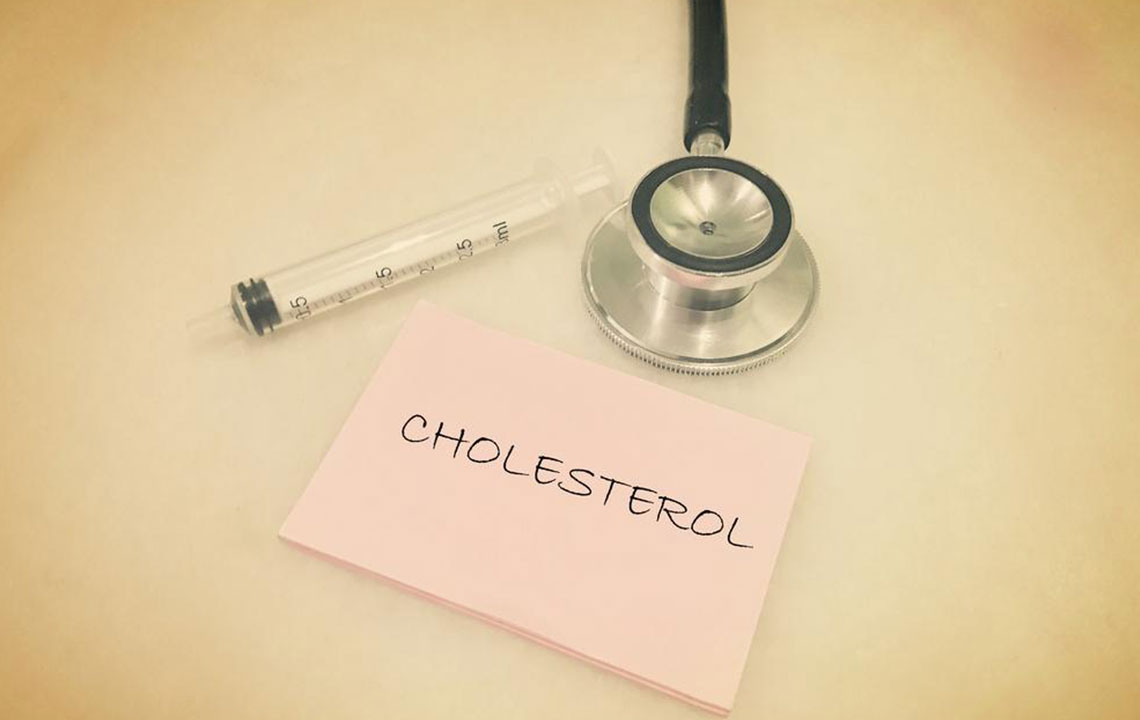A Comprehensive Guide to HDL Cholesterol and Its Role in Heart Wellness
This comprehensive guide explores HDL cholesterol, emphasizing its role as the beneficial fat that supports heart health. It provides detailed strategies on how to increase HDL levels through dietary choices, exercise, lifestyle modifications, and regular health monitoring. Understanding and managing HDL cholesterol is crucial for preventing cardiovascular diseases and promoting overall well-being. Essential tips and insights help readers take proactive steps towards maintaining a healthy cholesterol balance, reducing their risk of heart-related conditions and enhancing their quality of life.

Understanding HDL Cholesterol and Its Importance for Cardiovascular Health
Cholesterol is a waxy, fat-like substance that naturally occurs in our bodies, playing a crucial role in building cell membranes and producing hormones. Despite its vital functions, imbalances in cholesterol levels—particularly elevated overall cholesterol—can pose significant health risks. Excess cholesterol in the bloodstream can accumulate on artery walls, forming plaques that narrow or block blood flow, increasing the risk of heart attacks, strokes, and other cardiovascular diseases. Therefore, maintaining a balanced cholesterol level is essential for overall health and cardiovascular longevity.
Blood cholesterol exists primarily in two major types: Low-Density Lipoprotein (LDL), often referred to as the 'bad' cholesterol, and High-Density Lipoprotein (HDL), known as the 'good' cholesterol. While high levels of LDL contribute to plaque buildup in arteries, elevated HDL helps remove excess LDL from the bloodstream, facilitating cleaner arteries and reducing heart disease risk.
Defining HDL Cholesterol: The Heart's Beneficial Fat
HDL stands for high-density lipoprotein, a type of lipoprotein particle that plays an essential role in cardiovascular health. Often called the 'good' cholesterol, HDL functions by transporting excess cholesterol from the arteries and tissues back to the liver, where it is processed and eliminated from the body. This process, known as reverse cholesterol transport, helps prevent plaque formation, arterial stiffening, and blockages that can lead to heart attacks or strokes.
Ideal HDL Levels for Heart Health
Medical experts recommend maintaining HDL levels of at least 45 mg/dL for men and 55 mg/dL for women, as higher levels are associated with a reduced risk of heart disease. Generally, an HDL level above 60 mg/dL is considered protective. Conversely, levels below 40 mg/dL are considered low and increase cardiovascular risk, necessitating lifestyle changes to elevate HDL levels.
Strategies to Boost Your Good Cholesterol Achieving higher HDL levels involves an integrated approach that combines dietary modifications, physical activity, weight management, and lifestyle changes.
Dietary Choices to Enhance HDL Incorporate foods rich in healthy fats such as monounsaturated and polyunsaturated fats found in nuts, seeds, olive oil, and fatty fish like salmon, mackerel, and sardines. Limit saturated fats found in red meats and full-fat dairy products, as well as trans fats present in processed foods, which can lower HDL and increase LDL. Including fiber-rich foods like oats, legumes, fruits, and vegetables supports overall cholesterol health.
Managing Body Weight Excess weight, especially abdominal fat, tends to lower HDL and raise LDL. Losing even a small amount of weight—around 5-10%—can significantly improve cholesterol profiles and reduce cardiovascular risk. Combining a balanced diet with regular exercise is the most effective way to achieve and maintain a healthy weight.
Engaging in Regular Exercise Physical activity is a proven method to increase HDL and lower LDL cholesterol. Aerobic exercises such as brisk walking, running, cycling, swimming, or dancing for at least 150 minutes per week can have a substantial impact on your lipid profile. Resistance training also contributes to improved overall heart health.
Quitting Smoking Smoking cessation is vital, as tobacco reduces HDL levels, damages blood vessels, and accelerates atherosclerosis. Quitting smoking not only boosts HDL but also significantly reduces your overall cardiovascular risks and improves lung and circulatory health.
Other Factors Affecting Cholesterol Levels Several variables influence your lipid profile, including age, gender, genetic predisposition, blood pressure, and lifestyle habits. For example, LDL cholesterol tends to increase with age, particularly after menopause in women, due to hormonal changes. Genetics can predispose individuals to high cholesterol regardless of lifestyle. High blood pressure and sedentary lifestyles further compound cardiovascular risks.
Age & Gender: LDL levels generally increase as individuals age. Women, especially after menopause, often experience higher LDL levels and lower HDL, impacting overall heart health.
Genetic Factors: Family history plays a significant role in determining cholesterol levels. Some individuals inherit genes that predispose them to hypercholesterolemia, requiring proactive management.
Lifestyle Habits: Smoking, excessive alcohol consumption, physical inactivity, and poor diet contribute to unfavorable cholesterol levels and increased cardiovascular risks.
Monitoring Cholesterol for Optimal Heart Health Regular lipoprotein profiling through blood tests is essential for maintaining healthy cholesterol levels. It is recommended that individuals over 20 have their cholesterol checked every 4-6 years, with more frequent testing for those with risk factors such as obesity, diabetes, or a family history of heart disease. Early detection allows for targeted lifestyle interventions and, if necessary, medication to prevent arteriosclerosis and related complications.
In conclusion, understanding the significance of HDL cholesterol is vital for maintaining heart health. By adopting heart-healthy habits—such as a balanced diet, regular exercise, and avoiding smoking—individuals can effectively increase their HDL levels. Proactive cholesterol management not only reduces the risk of heart disease but also promotes a longer, healthier life. Consistent monitoring and lifestyle adjustments are the cornerstones of cardiovascular wellness and should be an integral part of your health journey.





